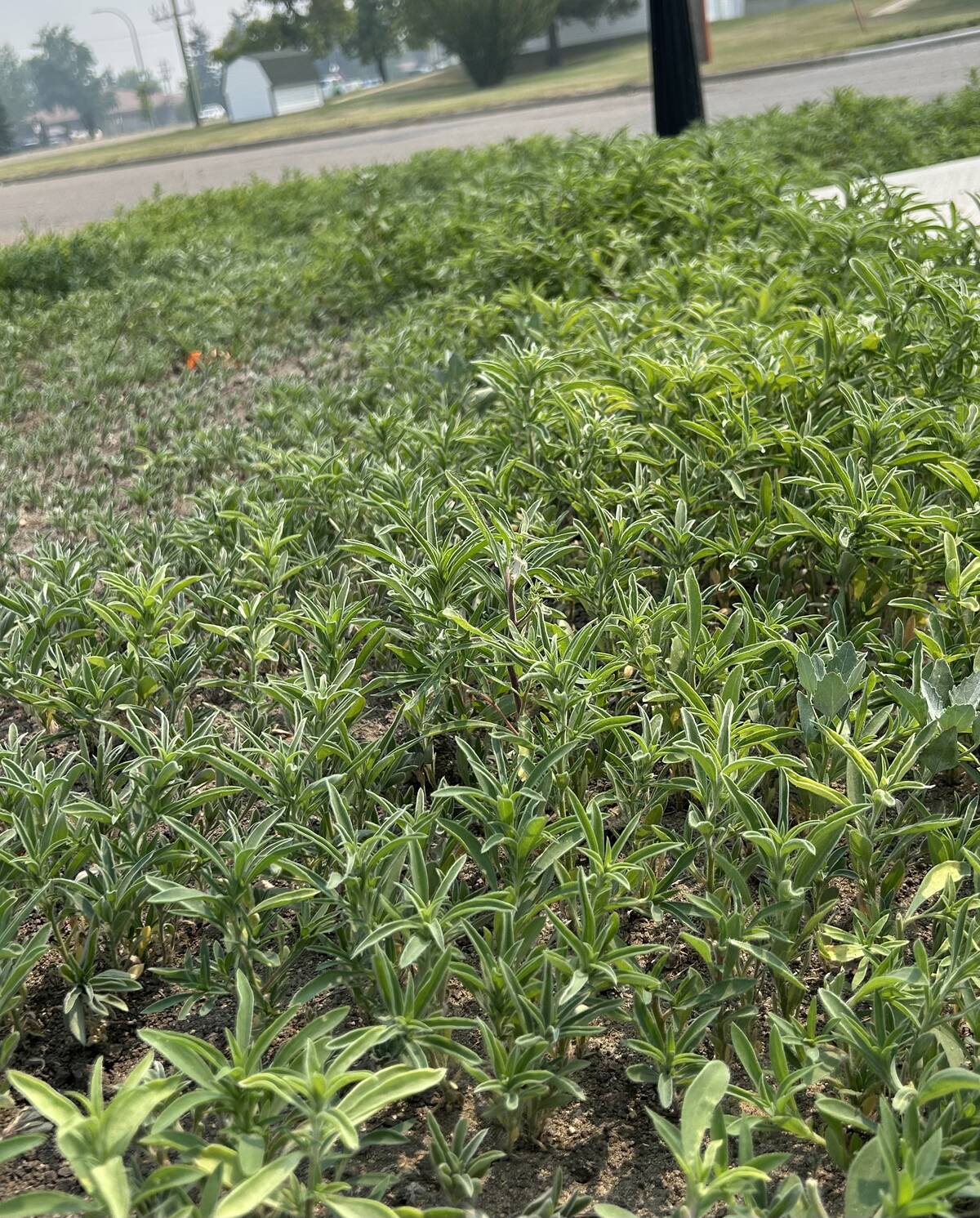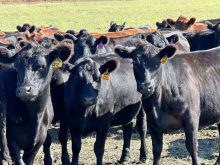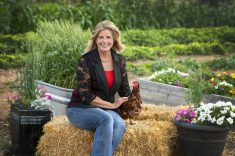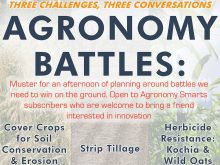Farmers in Alberta have a growing problem on their hands, as a notorious weed has started making its way north through the province.
The rapid and relentless spread of kochia, the highly adaptable and increasingly resistant weed, is moving north and taking root in places scientists thought it never would.
Breanna Tidemann, research scientist with Agriculture and Agri-Food Canada, gave a presentation to local farmers in Wainwright, Alberta, in June. She explained that kochia, which has long been known as a southern Alberta problem, has started moving its way to the central and northern parts of the province.
Read Also
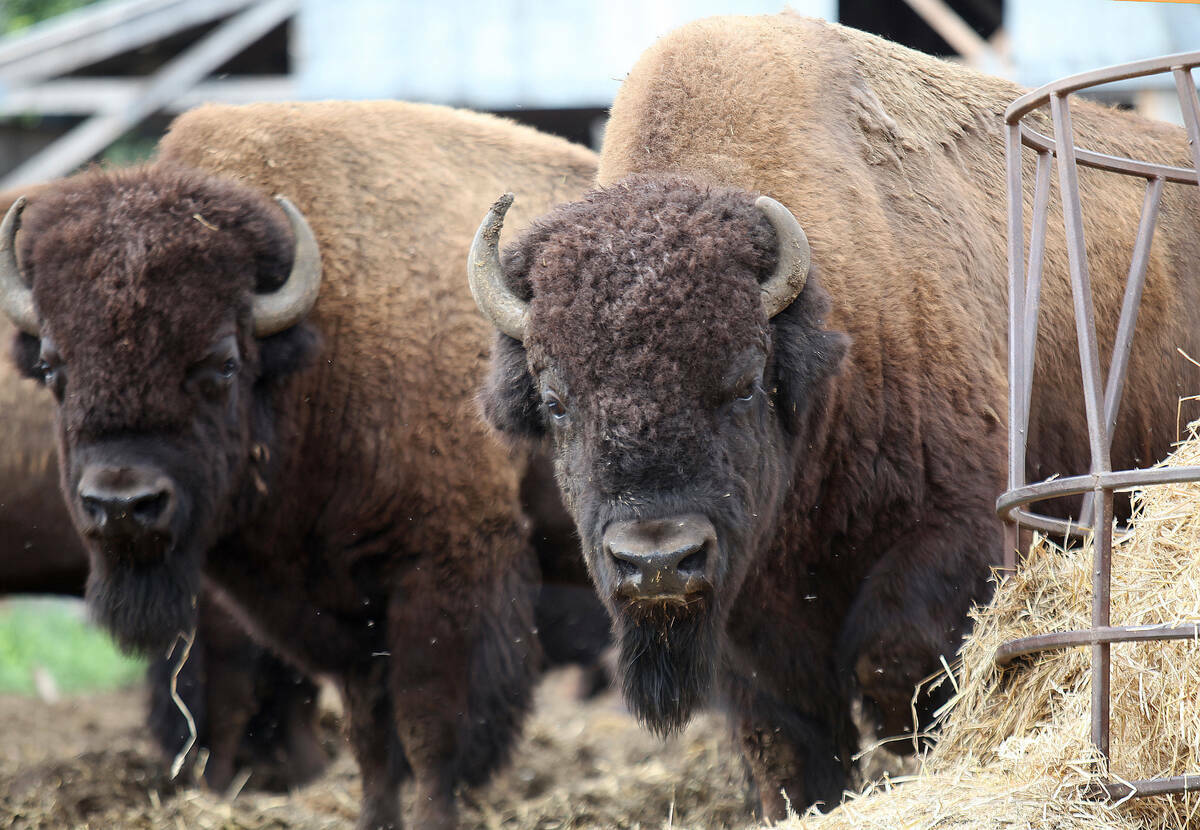
Bison prices remain high, but supply shrinks
Bison numbers are down amid increasing demand and record high market prices.
“We’re seeing kochia move further north than ever before. Random field surveys now show kochia populations extending all the way to the outskirts of Edmonton, which is a dramatic shift from its historical range,” Tidemann said.
Besides its unexpected spread northward, the biggest concern with kochia is its rapid development of herbicide resistance.
Tidemann said in just the past decade, the percentage of glyphosate-resistant kochia population in Alberta has skyrocketed from five per cent to nearly 80 per cent. The weed has not only developed a resistance to multiple herbicide groups, but it has also demonstrated an ability to spread resistance through pollen, making traditional control methods increasingly ineffective.
“We’re essentially running out of chemical solutions,” Tidemann said.
“Kochia has developed resistance to group two, glyphosate, dicamba and now potentially group 14 herbicides. This means farmers are facing a weed that can survive most standard chemical treatments.”
Impacts of kochia’s spread
The kochia invasion in central and northern Alberta represents more than just an agricultural change. It threatens crop yields, increases production costs and could potentially fundamentally alter farming practices across Alberta.
“This isn’t just about controlling a weed. It’s about adapting our entire agricultural approach to a changing environmental landscape,” Tidemann said.
Further herbicide resistance surveys taking place over the next couple years will provide further insights into the weed’s spread and resistance patterns.
Steps to managing kochia
Tidemann said managing the spread of kochia will be a multi-pronged approach for farmers in Alberta.
Early detection is key. Farmers should scout fields early and try to identify kochia before it establishes.
Crop diversity and seeding strategies are also important. Implementing varied crop rotations with a special emphasis on competitive crops like canola and winter wheat and using higher seeding rates with narrower row spacing can help increase crop competition.
She added that thoroughly cleaning equipment between fields and using impact mills during harvest to reduce seed spread can help control the population.
Tidemann also emphasized the importance of using certified seeds other than minimize weed contamination.

